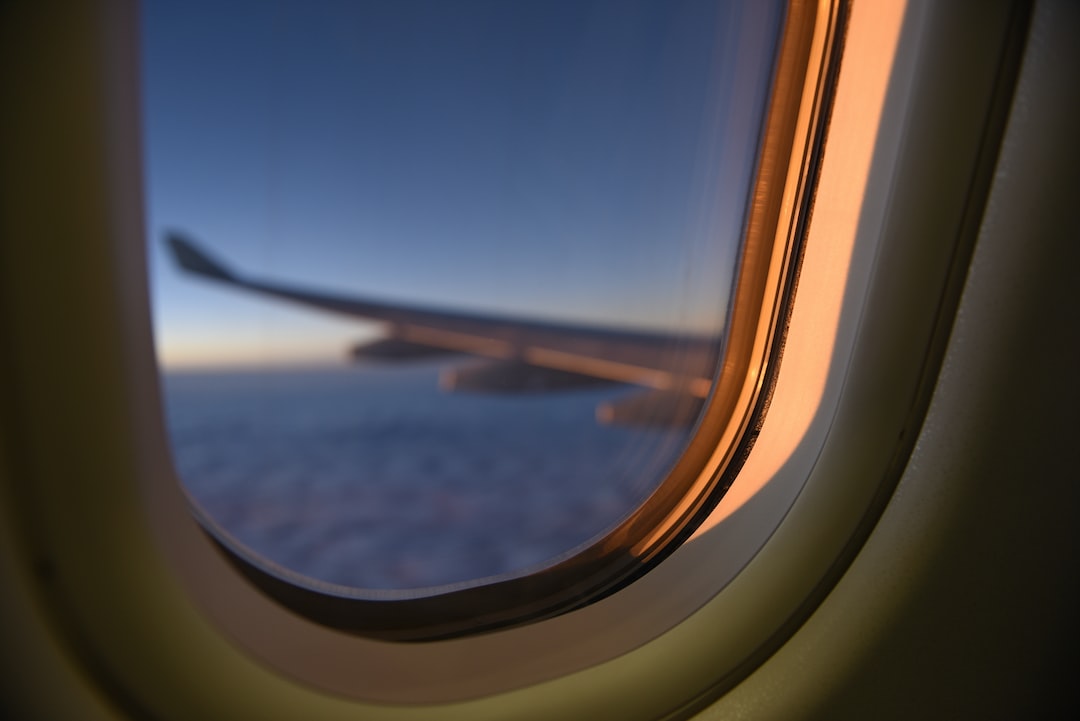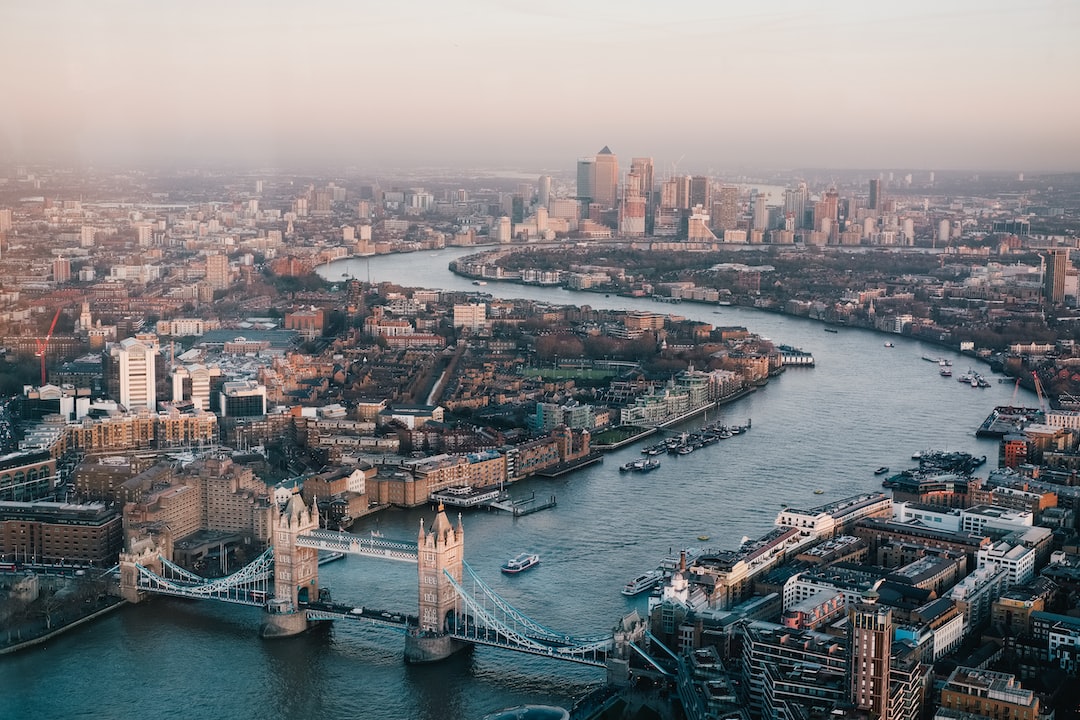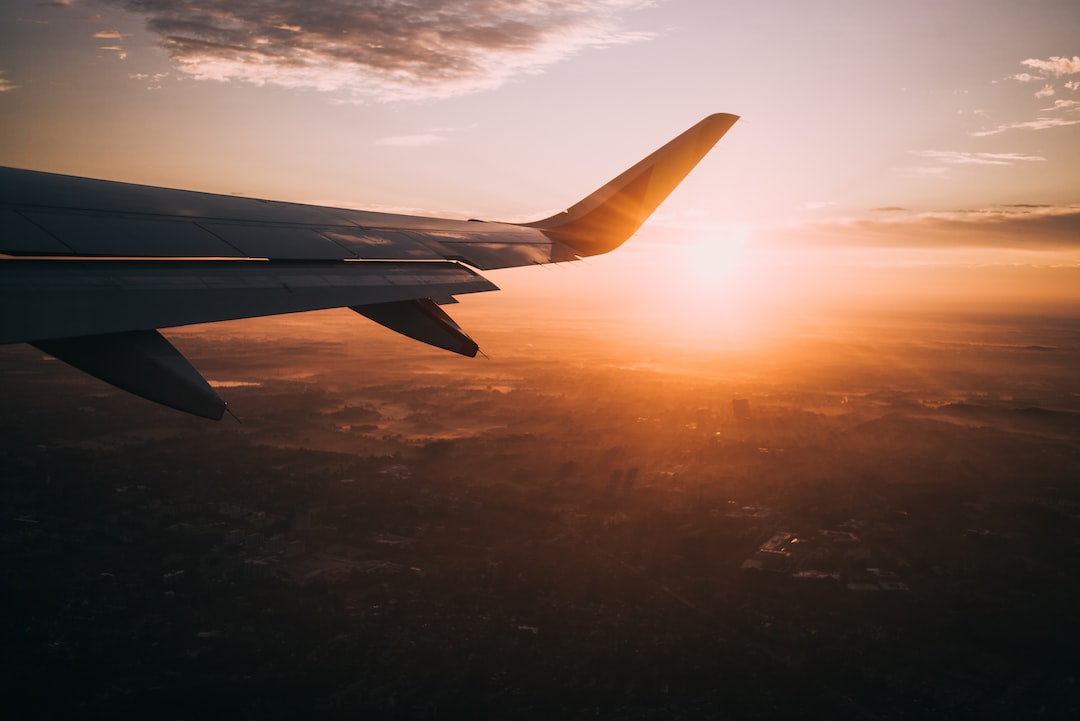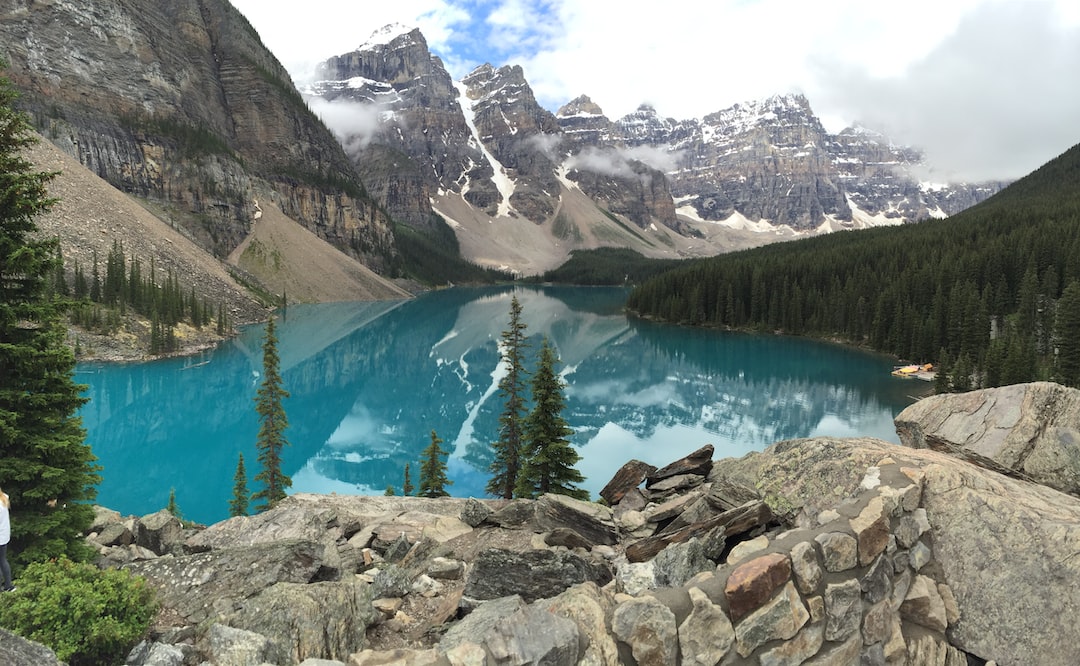Phillip Island is a popular tourist destination in Victoria, offering a variety of attractions for visitors.
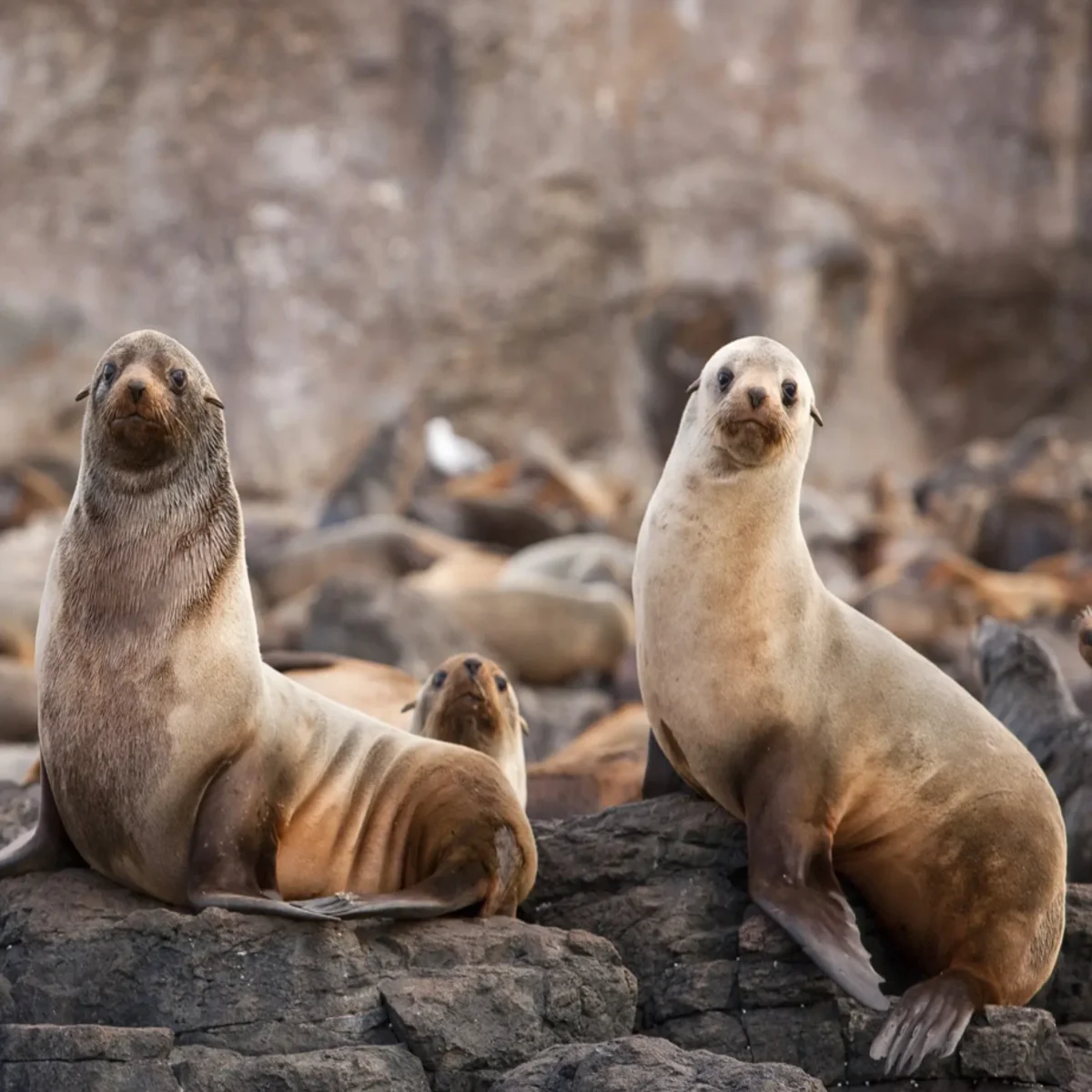
The region is known for its diverse attractions, including wildlife, food, and beaches, attracting many visitors looking to experience the seaside lifestyle and unique wildlife.
Where is Phillip Island located?
Phillip Island's a bit of a tour, shy of a two-hour drive southeast of Melbourne. You can get there by car or hop on a Penguin Parade tour. There are places to stay on the island, but fair warning: they fill up fast when the holidays roll around or during race weekends. The real gem of a visit to Phillip Island? Watching the little penguins return from their feed in the ocean and waddle across the beach to their homes in the dunes. The Penguin Parade down at Summerland Beach is the spot to catch this spectacle up close, all while keeping the penguins and their digs undisturbed.
The essential facts
- Phillip Island is near Australia's southern coast, approximately two hours from Melbourne.
- The landscape offers stunning coastal views and dense vegetation.
- The most well-known tourist attraction in the area is Penguin Parade, known for being the home of the Little Penguins, the smallest penguin species in the world.
- The first farm in Victoria was established here, introducing nineteenth-century farming techniques to the country.
- Phillip Island, declared Victoria's first National Surfing Reserve, offers a variety of coastal hot spots to explore.
- It is a popular day trip destination from Melbourne, offering visitors both one-day and weekend options.
The History of Phillip Island
The Indigenous People of Phillip Island
The traditional owners of the land on Phillip Island were the Aboriginal Bunurong tribe, who used the island as a hunting ground during the muttonbird season.
Phillip Island's European Discovery
George Bass first discovered the island in 1798, and it was initially named Western Port. It was later renamed after Governor Arthur Phillip, the first Governor of New South Wales.
Europeans established a settlement on Phillip Island in 1868, using it for sheep herding and seal hunting. The settlement faced challenges like drought and failing crops, causing many settlers to leave. Some stayed and planted Chicory, a symbol of hope for the island.
Phillip Island features a unique landscape.
Phillip Island has a stunning agricultural landscape with farms and bushland. The seaside area is a major draw with reliable surf conditions, making it a popular surfing destination. The island's climate is milder than Melbourne, offering a breezy respite from the hot weather. The weather on Phillip Island is more similar to northern New Zealand than Australia, which is a bonus during the hot summer months.
Why is Phillip Island famous worldwide?
The nightly Penguin Parade
This spectacle has turned into one of Melbourne's top must-dos. The Penguin Parade facilities are at Summerland Beach, offering prime spots to watch the famous 'little penguins' shuffle across the sand. These tiny seabirds, the smallest penguins on Earth, live in groups and are mostly out at sea chasing feed. They hit the beach to nest, kip, moult, or look after their young. With around 32,000 little blokes calling Phillip Island home, you will spot them any night of the year. After a day out fishing, they head back, crossing the beach to duck into their nests nearby.
Racing on the Grand Prix track
Phillip Island boasts a Grand Prix Circuit, the stage for the International MotoGP and World Superbike Championship. Every racing season, bike nuts flock to the track. Established in 1956, this circuit is crucial for the MotoGP world tour. Besides the MotoGP, the track is buzzing with other bike races, car racing, and year-round festivals and events. Even when the races are off, you can have a crack at driving a Go Kart on the mini GP track. Or, for a real adrenaline rush, take a hot lap with a pro driver on the GP circuit.
Natural wonders
Phillip Island shines, too, for its untouched beaches, native scrub, and breathtaking coastal views. Bushwalkers can hit the trails for epic vistas and spot some wildlife. For a stroll, the Nobbies Information Centre boardwalk is your go. Suppose you're up for more of a challenge; trek to the island's far end for the Cape Woolamai Coastal Walk. Phillip Island's got you covered if you're keen on coastal clifftops, picture-perfect lookouts, and rock formations.
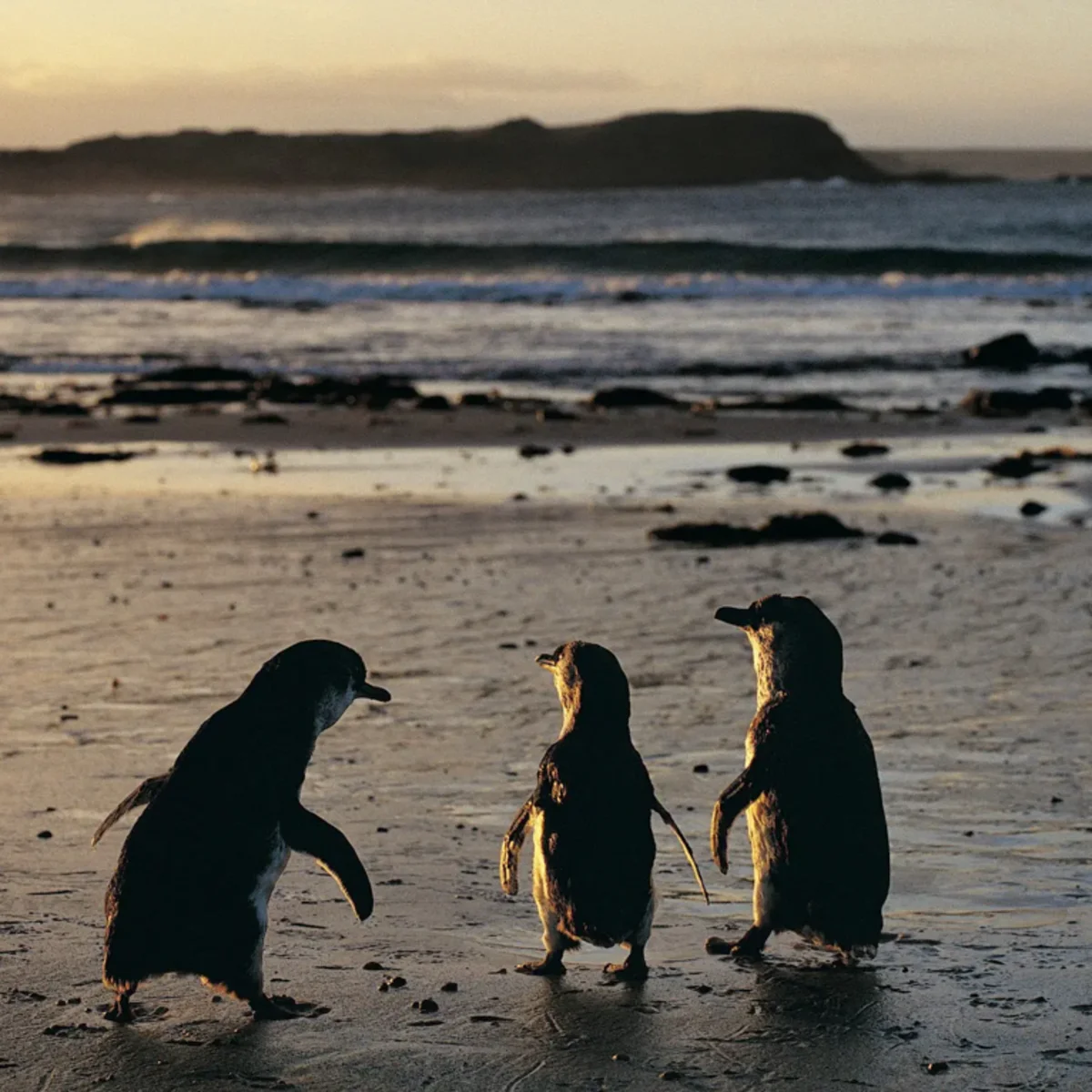
Uncommon sights to see on Phillip Island
Seal Rocks and The Nobbies
Seal Rocks are located off the coast of Phillip Island and are home to Melbourne's largest colony of Australian fur seals. The seals feed in the waters around Phillip Island and can be seen resting and sleeping on the rocks. Binoculars along the boardwalk at Point Grant can be used to spot the seals on Seal Rocks. Visiting the Nobbies provides stunning views of the Southern Ocean and Western Port Bay.
Southern Right Whales
Whales can be observed passing by the coast of Phillip Island around June/July and again in October/November. They have been seen playing and feeding in Western Port Bay, with Southern Right whales being the most common species sighted, along with occasional Humpback whales and Orcas.
Migrating Short-tailed Shearwater birds
Cape Woolami is a nesting ground for over one million short-tailed shearwaters known as mutton birds. These migratory birds travel 8,000 kilometres from the Alaskan Aleutian Islands to Phillip Island annually and can be observed in and around Phillip Island from September to April.
